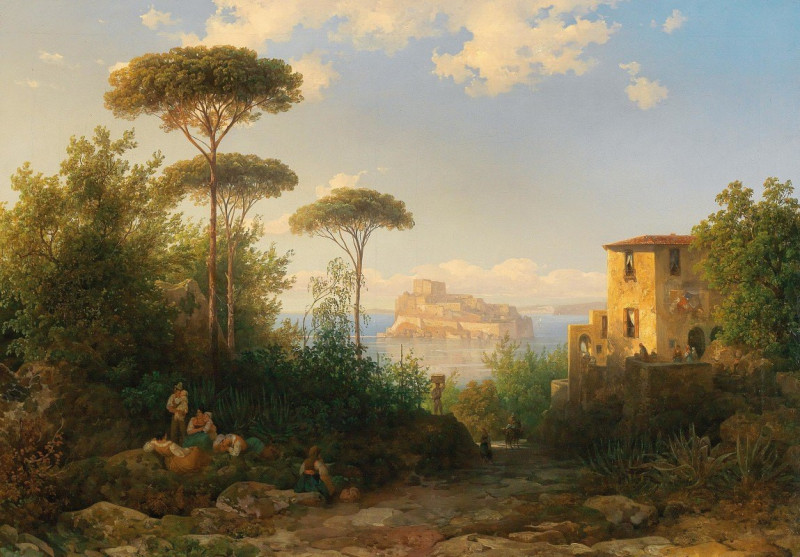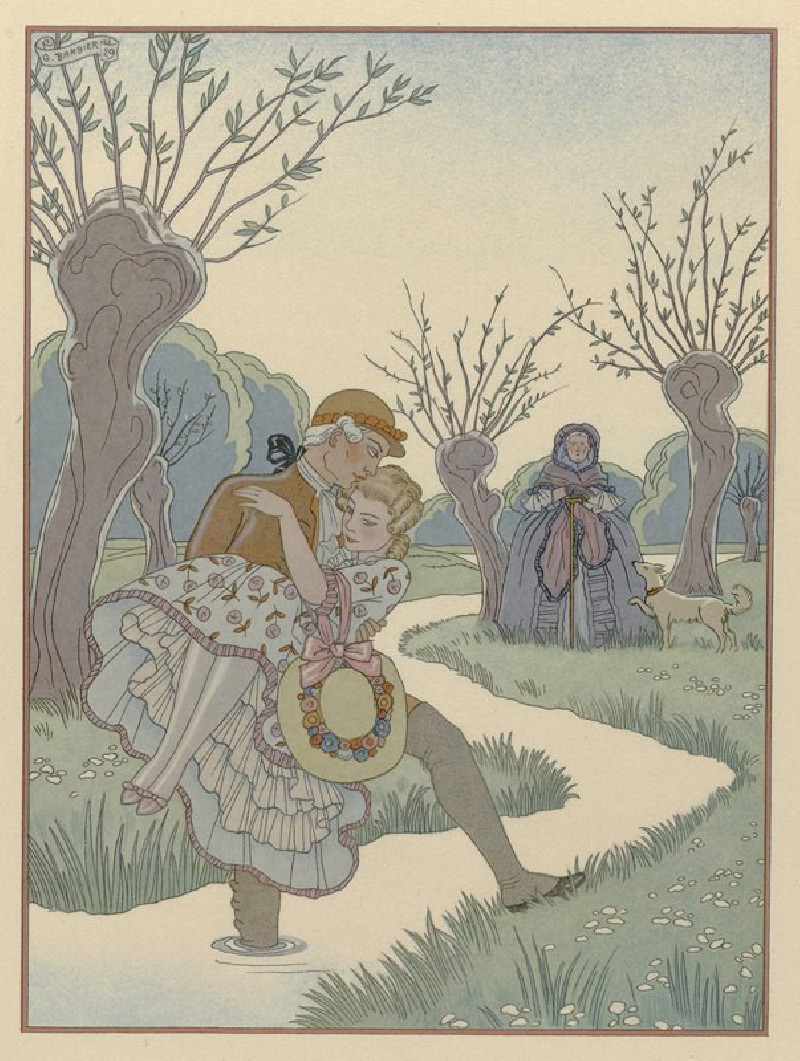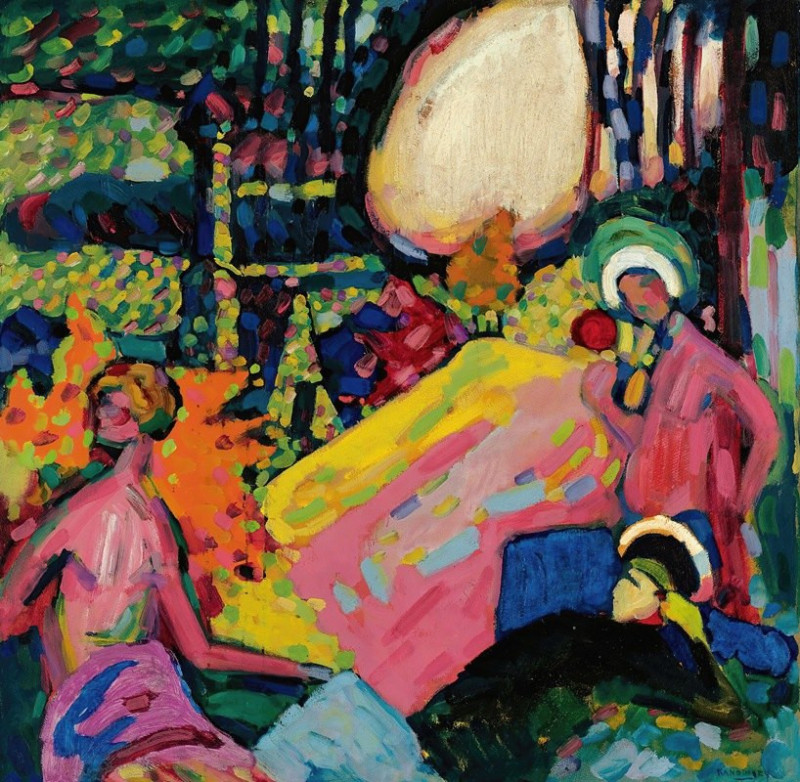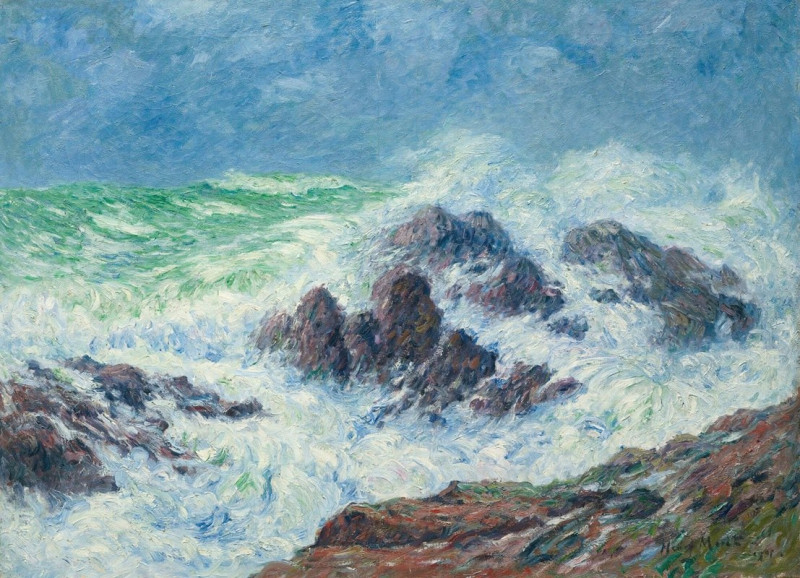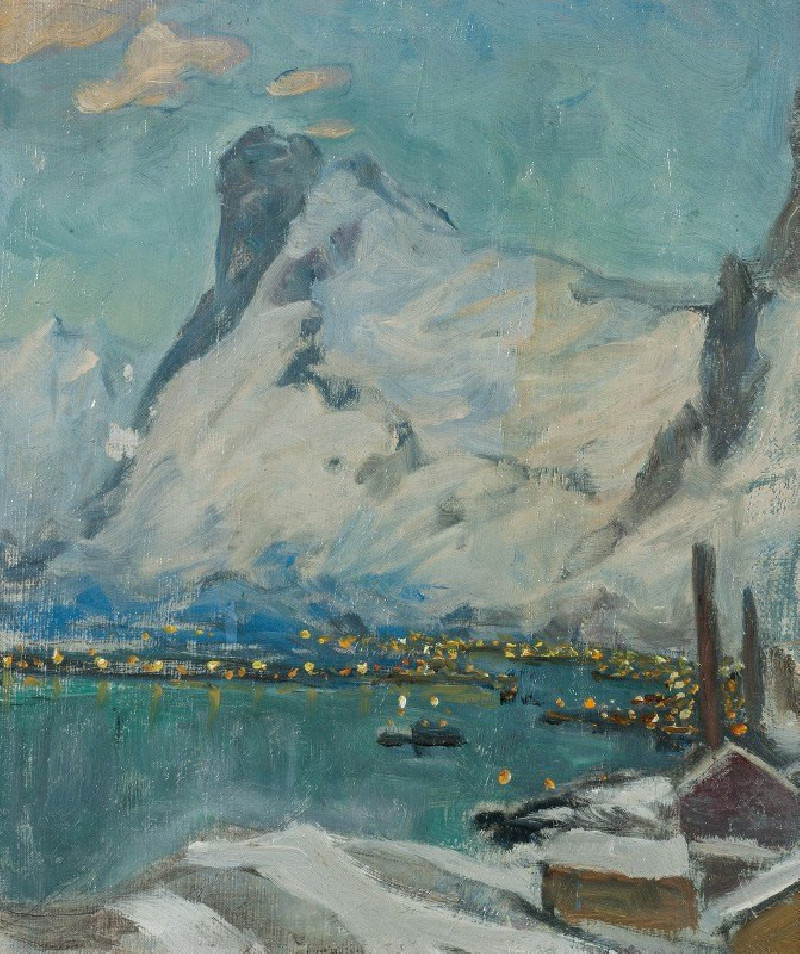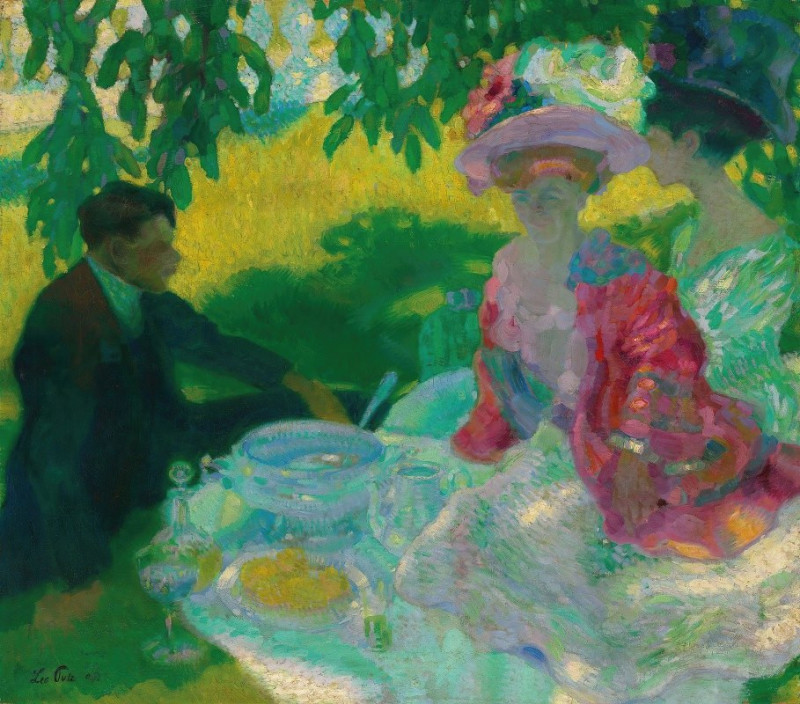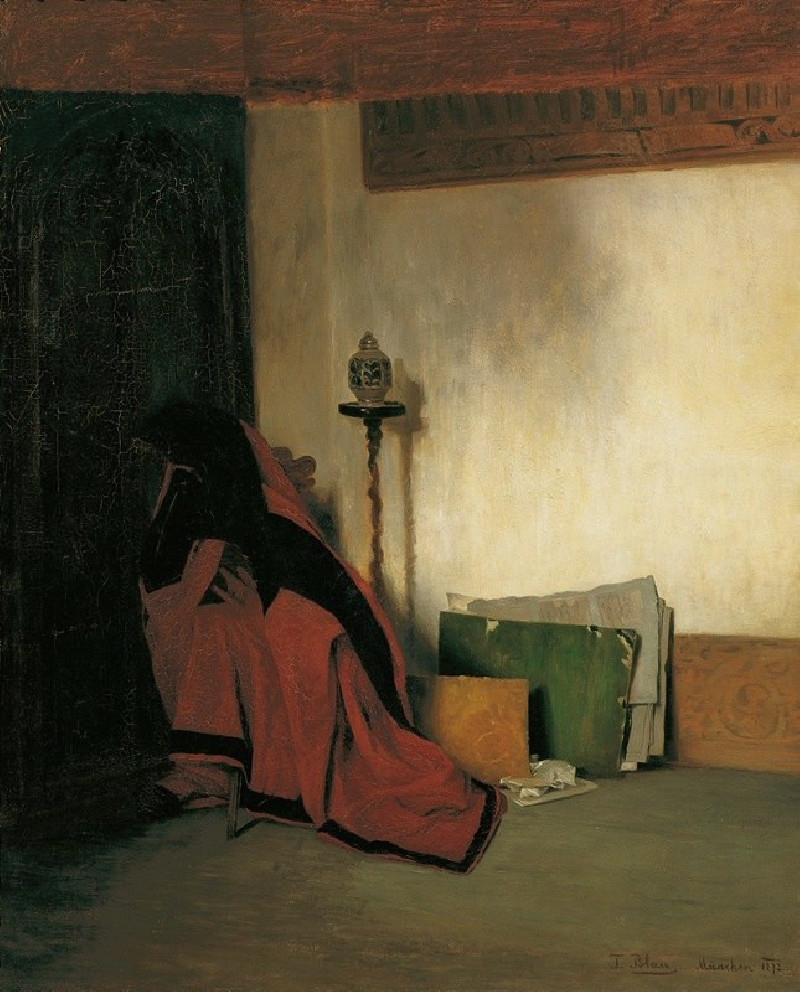Frau und Mann (1927)
Technique: Giclée quality print
Recommended by our customers
More about this artwork
Ernst Ludwig Kirchner, a pivotal figure in German Expressionism, captures a compelling interaction between a woman and a man in his woodcut "Frau und Mann" from 1927. This piece, typical of Kirchner's expressive style, distills the complexity of human relationships into a stark, profound depiction. The figures are composed of bold, angular lines that convey emotional depth and tension.In this artwork, the woman, characterized by softer, smoother contours, gazes outward with an expression that mixes contemplation with a touch of melancholy. Next to her, the man is depicted with a more pronounced and rugged facial structure, highlighting a certain intensity and vigor. The proximity and overlapping of their forms suggest a deep, perhaps intrinsic, connection, yet there remains an unmistakable individuality to each figure.The background, adorned with simple decorative patterns, serves not only as a stark contrast to the complexity of human emotions displayed but also anchors the figures in a distinctly modern, perhaps slightly abstract, space that Kirchner was known for."Frau und Mann" stands as a testament to Kirchner's ability to explore the essence of human emotions and relationships through the lens of Expressionism, making profound statements through minimal yet powerful lines.
Delivery
Returns
Ernst Ludwig Kirchner (1880–1938) was one of the most important German Expressionist painters. He was a co-founder of Die Brücke, a group of German expressionist artists formed in Dresden in 1905. Die Brücke and Kirchner took inspiration from Vincent Van Gogh and Edvard Munch, as well as African and Oceanic art. They used woodblock printing as a medium to showcase their signature style: flat, unrealistic images with vivid colors. The recurring themes in Kirchner's artworks included exotic cultures, faraway landscapes, self-portraits, dancers and Berlin street life. His paintings and prints effectively portrayed non-European cultures despite the fact that he never traveled outside of Europe.

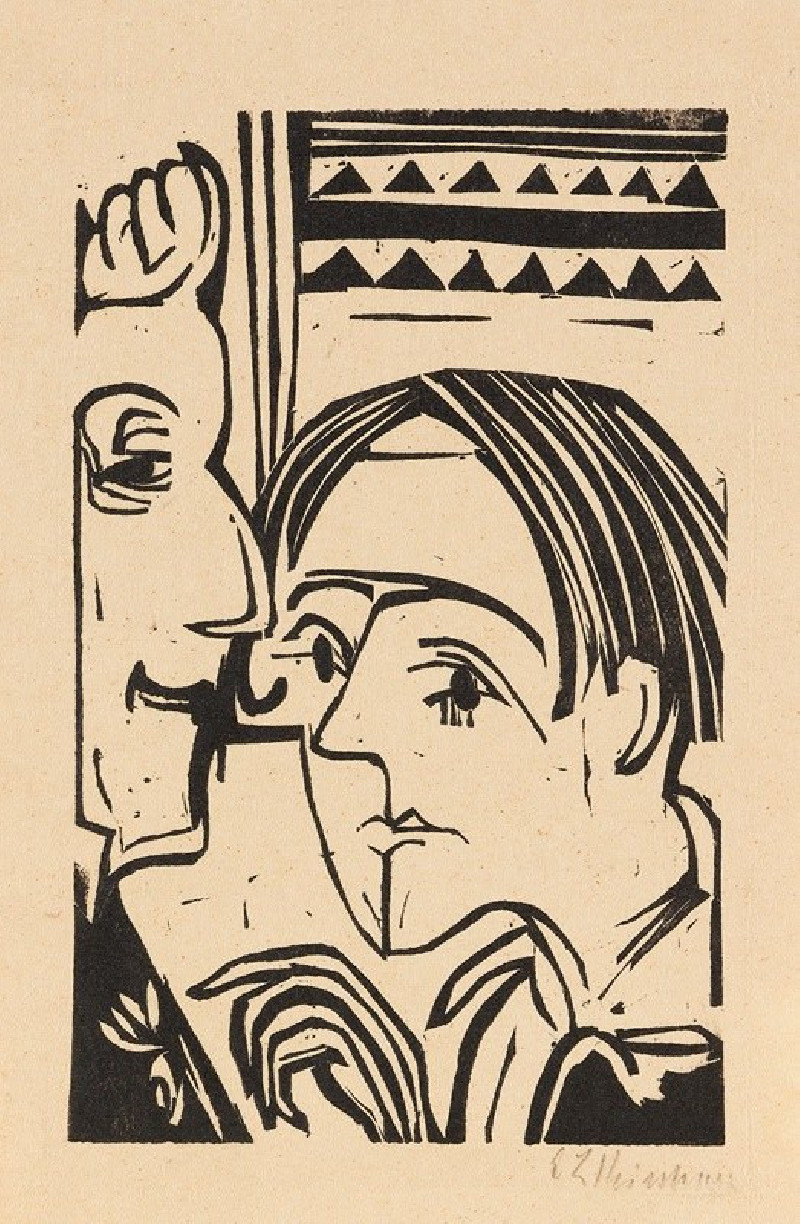






























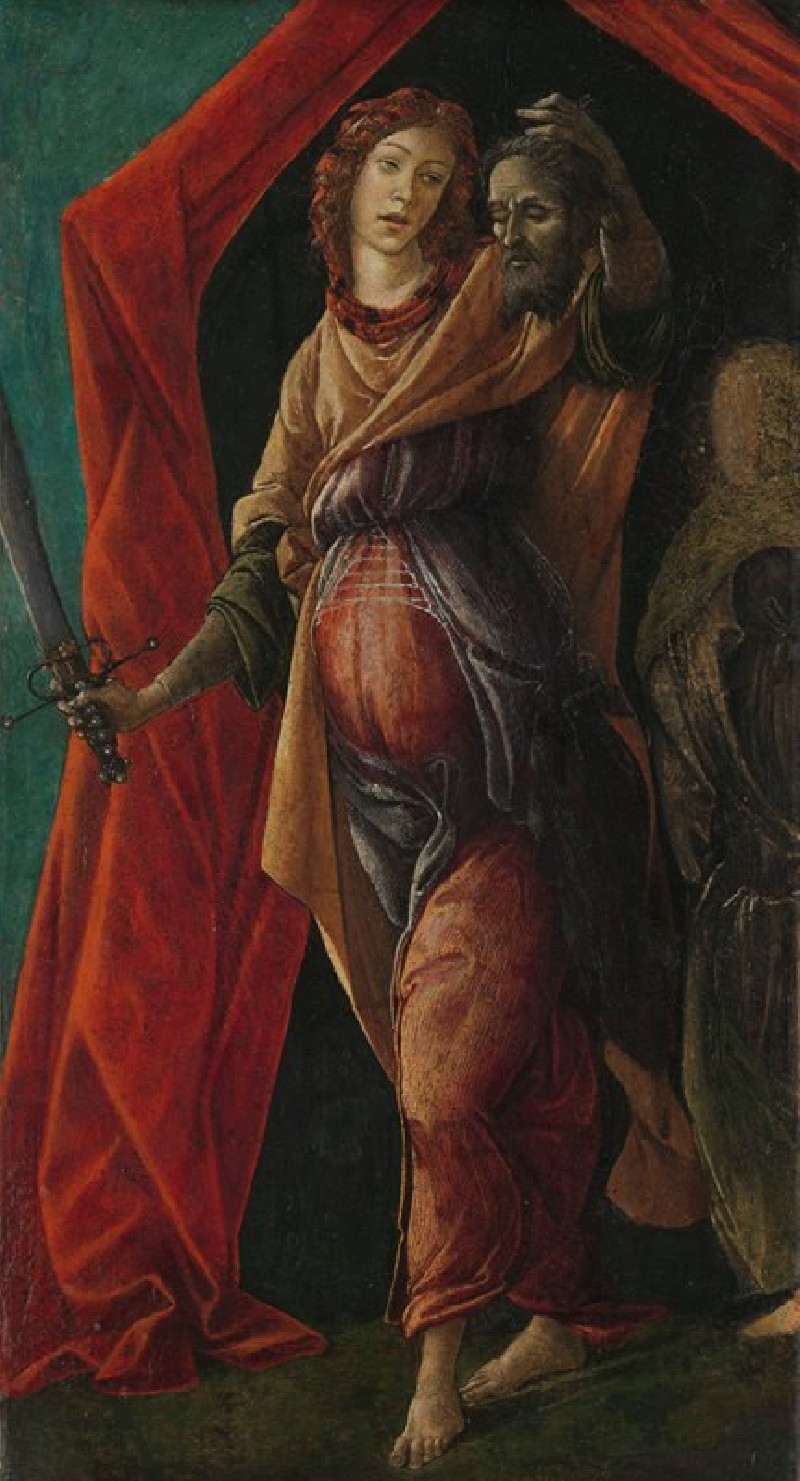

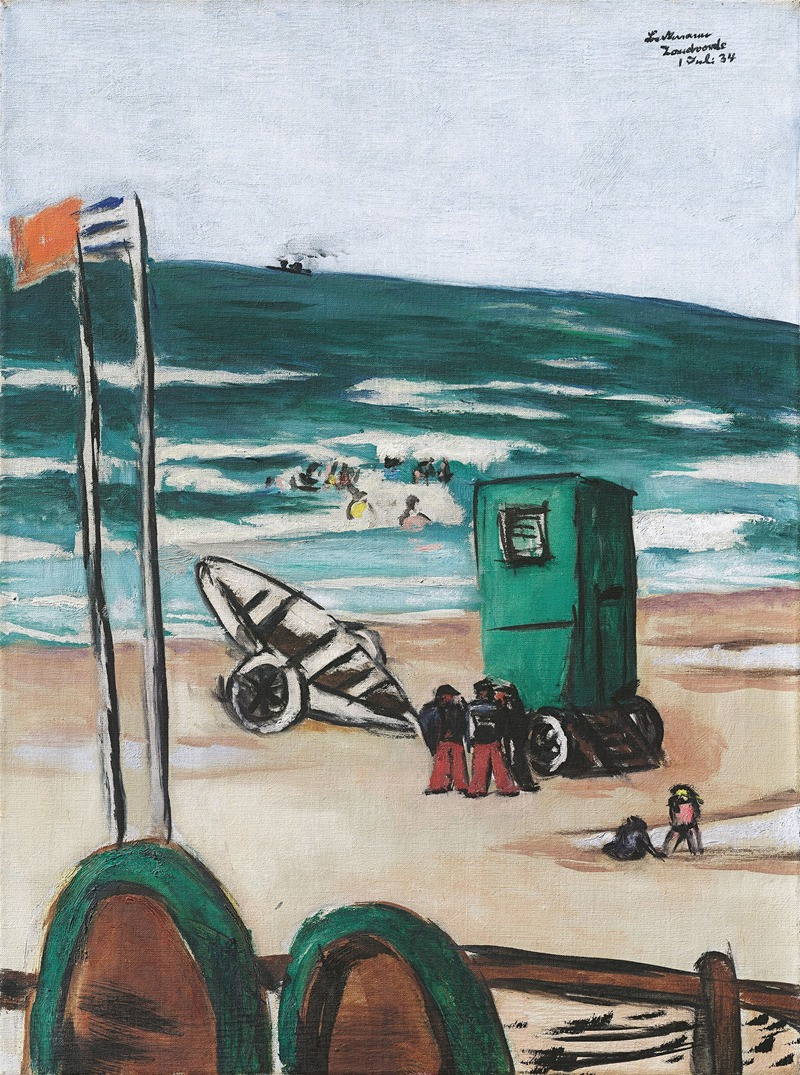
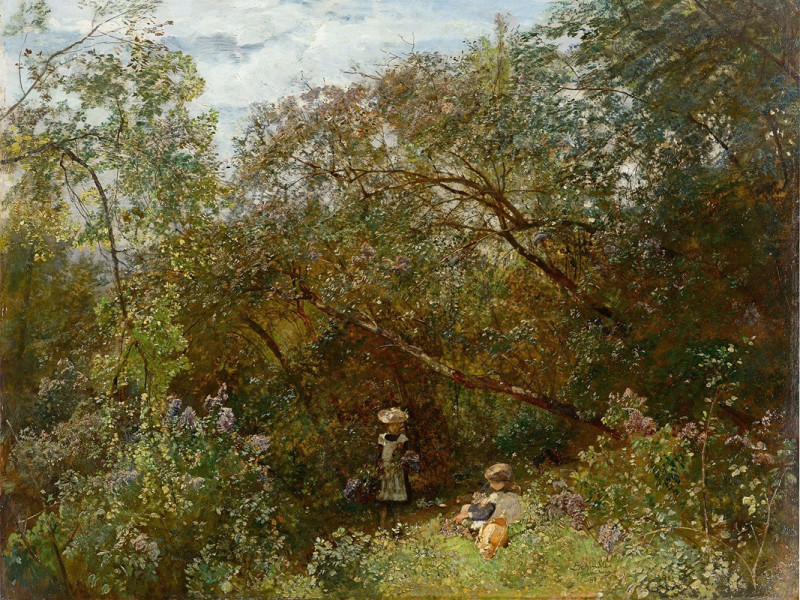
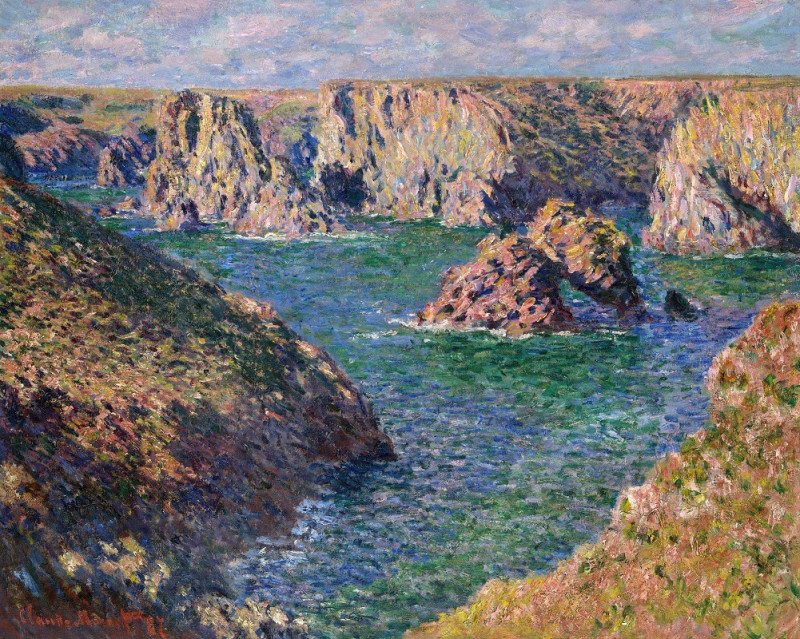
![Temple at Wady Dabod [Wadi Dâbûd], Nubia. (1846-1849) reproduction of painting by David Roberts. ALL GICLEE PRINTS](https://reprodukcijos.lt/39239-large_default/reproduction-of-temple-at-wady-dabod-wadi-dabud-nubia-1846-1849.jpg)
